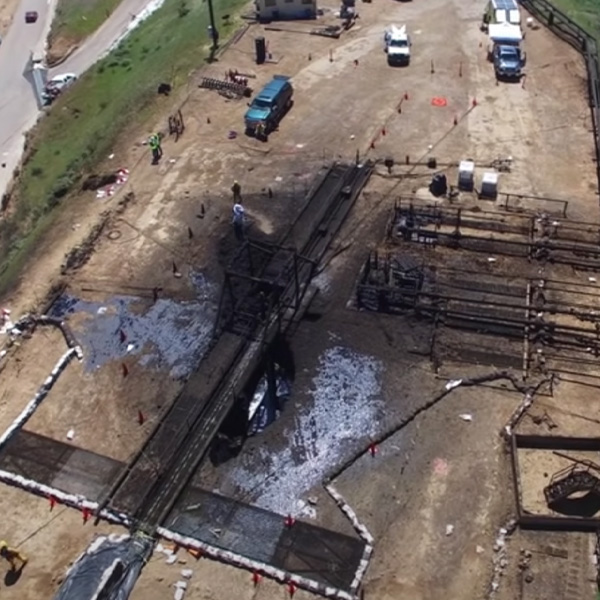
With some National Electric Vehicle Infrastructure (NEVI) program guidance in hand, Vermont is already mapping out where it expects to begin building electric vehicle fast-charger stations in the coming year.
The state will receive a $3.1 million NEVI apportionment for federal FY2022, followed by four additional $4.5 million annual installments, said Patrick Murphy, sustainability and innovations project manager at the Vermont Agency of Transportation. The total $21.1 million in funding is Vermont’s part of the $5 billion allocated for NEVI over five years under the Infrastructure Investment and Jobs Act.
After reviewing the federal government’s NEVI guidelines released Feb. 10, VTrans has a preliminary plan to install or upgrade 15 fast-charger stations along federally approved alternative fuel highway corridors.
“Priority must be given to [alternative fuel corridors] … until they are deemed by the Federal Highway Administration (FHWA) to be fully built out,” Murphy said Friday in testimony to the Vermont Senate Transportation Committee.
Each station must have at least four, 150-kW ports and cannot be located more than 50 miles from another qualifying fast-charger station on a corridor. In addition, stations cannot be located more than one mile from a highway exit.
By pairing first-year NEVI funding with American Rescue Plan Act funding, Murphy said, Vermont could “come close within the next fiscal year to building out what’s required under the federal guidelines,” before it can use remaining funding for the state’s existing EV infrastructure goals. The installation cost for four 150-kW ports would be an estimated $413,000.
Vermont has an existing plan to put fast chargers along highways based on prior federal guidance for placement every 50 miles and within five miles of highway exits or interchanges and allowing for lower charging output.
Given Vermont’s rural nature, many highway exits do not have the electric infrastructure to support high output fast chargers within one mile.
“The move from the five- to one-mile distance may result in a number of requests for exceptions,” Murphy said, adding that it might also require other solutions, such as renewable energy and battery storage at some locations.
Fast-charger stations that the state has funded and built already along FHWA-approved corridors mostly have two 50-kW plugs.
“No locations on any of the corridors that we’ve had designated meet the new higher standard,” Murphy said.
NEVI guidelines call for states to complete station installations within six months of securing equipment and installation providers. That timeline, Murphy said, is “faster than any of the projects that we’ve completed to date” and could present certain challenges.
Demand for charging equipment will increase with the amount of NEVI funding that states will receive, he said. And there may be ongoing supply chain issues from the pandemic that could be compounded by Buy America requirements that the federal government has yet to clarify.
Current equipment costs also could increase as demand grows across states, Murphy said.
VTrans foresees additional difficulties arising from requirements of President Biden’s Justice40 initiative, which calls for 40% of investments to benefit disadvantaged areas. The initial guidance for locating fast-charger stations along highway corridors is “pretty prescribed,” Murphy said.
“The one-mile guidance from a highway intersection or exit clearly serves the traveling public for longer trip making, but it won’t always be compatible with a dual concern about making sure that these investments support local communities,” he said.
Murphy expects VTrans will have a draft plan for NEVI funds ready by March for stakeholder feedback, and final state plans are due for submission to FHWA by Aug. 1.


